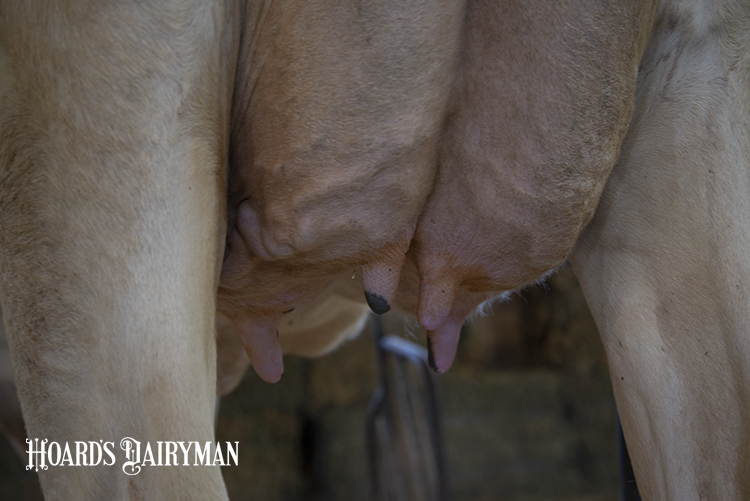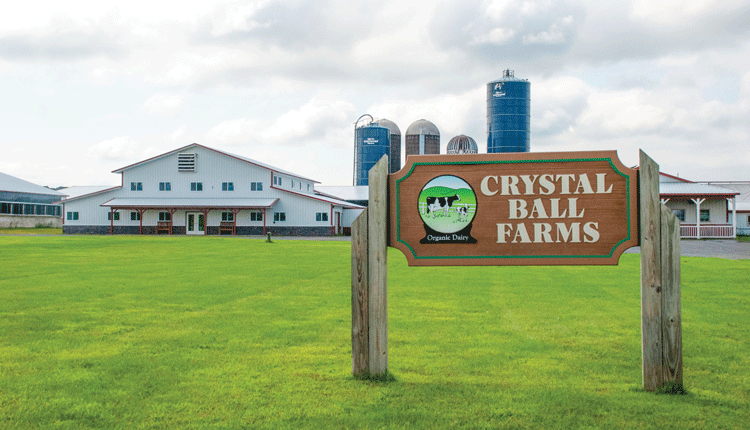
Everyone has seen their fair share of teat lesions often caused by a direct injury such as a cow stepping on a teat, but sometimes it is not. It is the “not” side of this equation that has puzzled many producers, veterinarians, and dairy professionals over the years. There has been growing concern about herpes infections, but most teat lesions are actually caused by dry skin, according to Paul Virkler from Cornell’s Quality Milk Production Services, who presented at the National Mastitis Council regional meeting in Michigan.
“We really want to help raise knowledge and awareness. I believe there is a lot of misdiagnoses surrounding this issue,” Virkler said.
Virkler and his team theorized that teat lesions occur at a gradual pace. It starts as a small crack due to dry skin, but then the more the teat is agitated by bedding or during milkings, this crack becomes larger, more irritated, and can eventually become infected.
The team’s research took them to a 2,400 head dairy that struggled with clinical mastitis cases. They scored the teats of over 20% of the herd to get an idea of how severe the teat conditions were, and they found that 18% of these cows had an open lesion on one or more teats. The Teat Club International recommends taking action if greater than 5% of cows are found to have lesions. In the herd, 42% of cows had dry teat skin and 39% had poor teat ends, and the majority of these issues were found on the mature cows.
Scoring teat condition is done by running a gloved hand over the teats, searching for any friction or resistance to the movement. “It’s just like how your hands get in the wintertime,” Virkler explained. “They feel dry and will eventually crack. Teats are no different.”
The investigation of this herd revealed that first-calf heifers rested on water beds and mature cows were in deep-bedded stalls. All stalls were bedded with dried manure solids mixed with hydrated lime. They found that about 50% of the cows were positioned too far forward in the stalls, and bedding levels were too low in about 78% of the stalls. The milking process was also reviewed, and they found that 50% of milking units were not aligned well. They predipped with a foamed iodine dip with 10% emollients and postdipped with an iodine dip with 20% emollients. The herd had reached 7% mastitis infections per month from Klebsiella and Strep. uberis.
“We sat down with the owners and went over the data that we collected,” Virkler described. “It was then easy to see that there was a pretty serious problem, and changes needed to be made. It’s hard to see problems when farms don’t have accurate data.”
They adjusted the amount of bedding in the deep-bedded stalls and switched to a postdip with a higher emollient level. Two months later, open teat lesions were down to 9%.
“Many producers don’t recognize the issue until a large wart has formed over the lesion that then affects the milking process, but this problem can be solved long before that ever happens,” Virkler emphasized. “If people really stop and watch these cows being milked and analyze the condition of each individual teat, you might be surprised what you find.”
Virkler added that accidental teat injuries may look similar to open teat lesions, but the difference is that teat lesions from dry skin will persist and likely increase in number over time.








